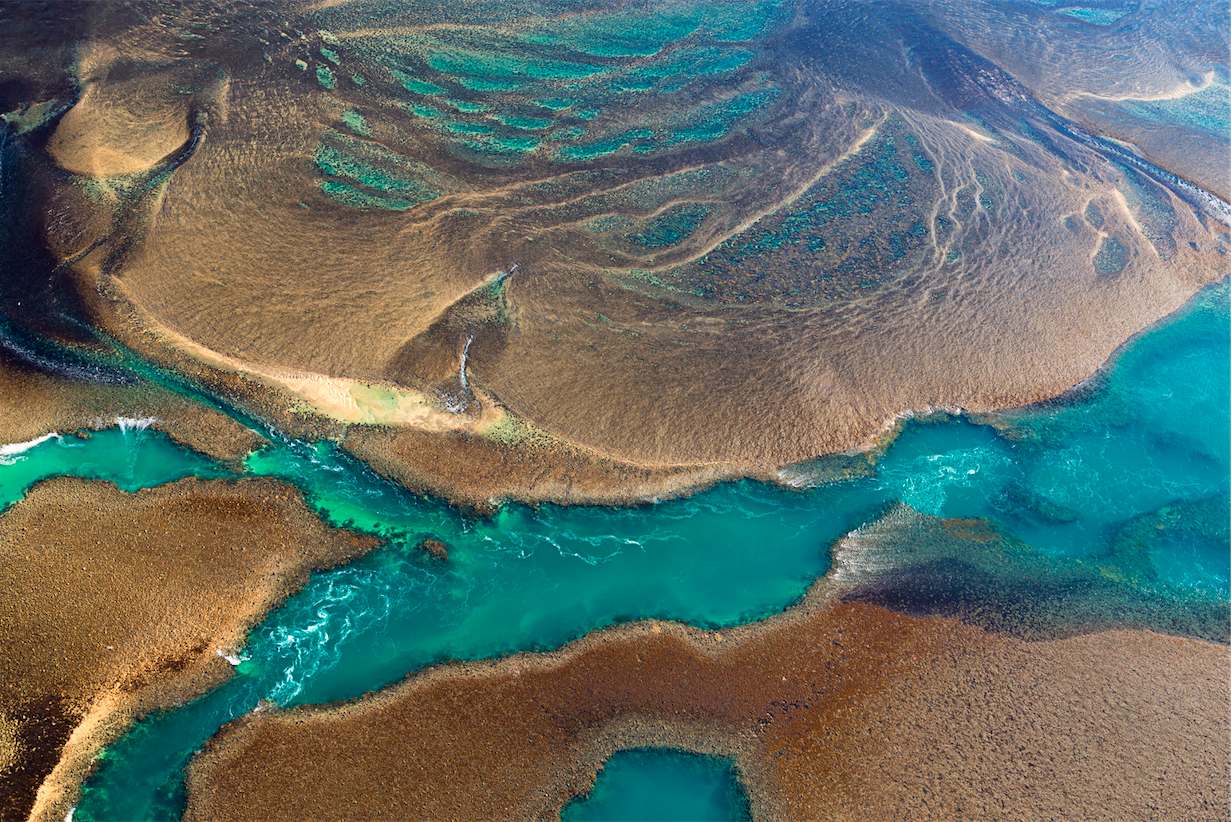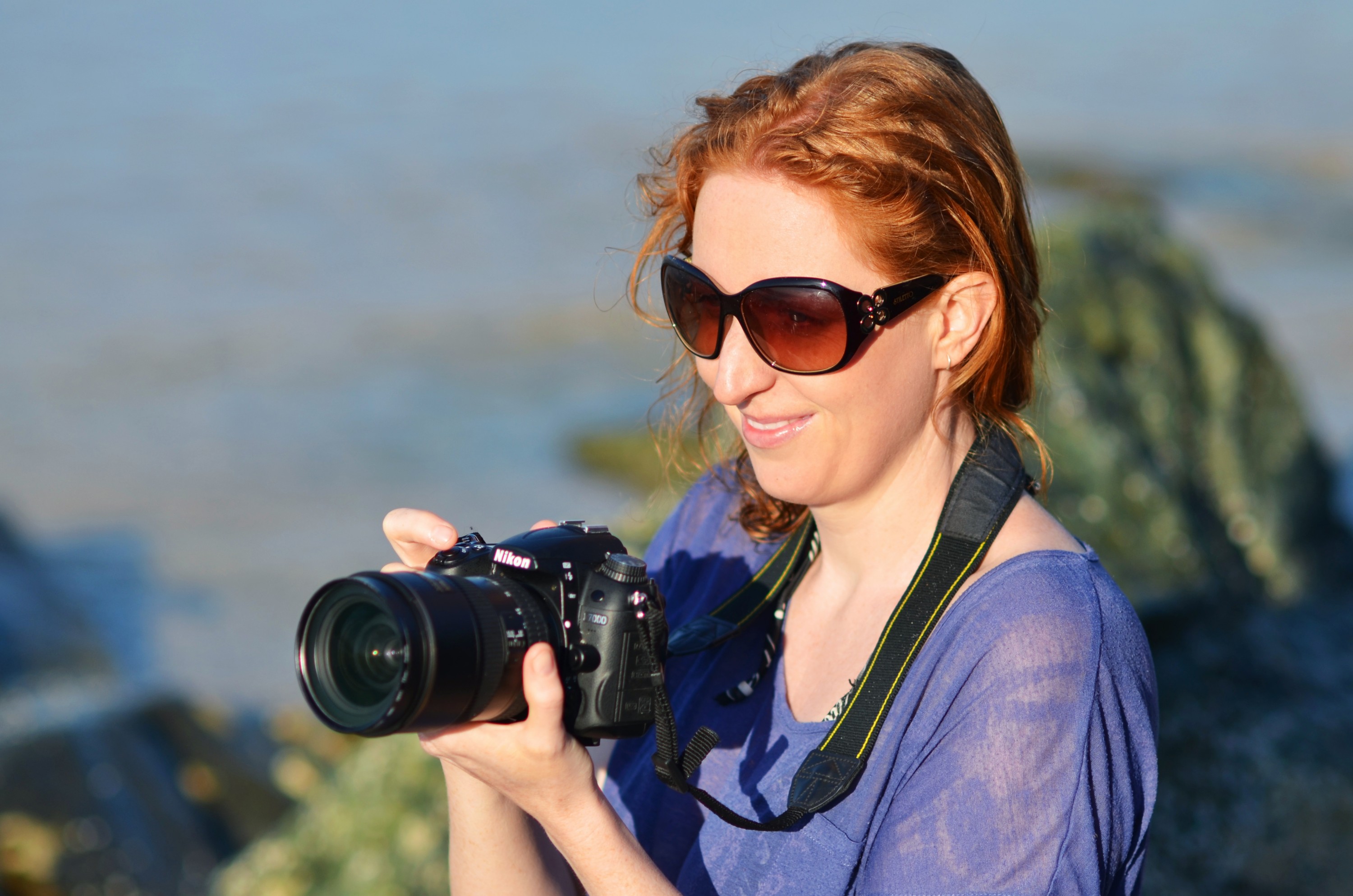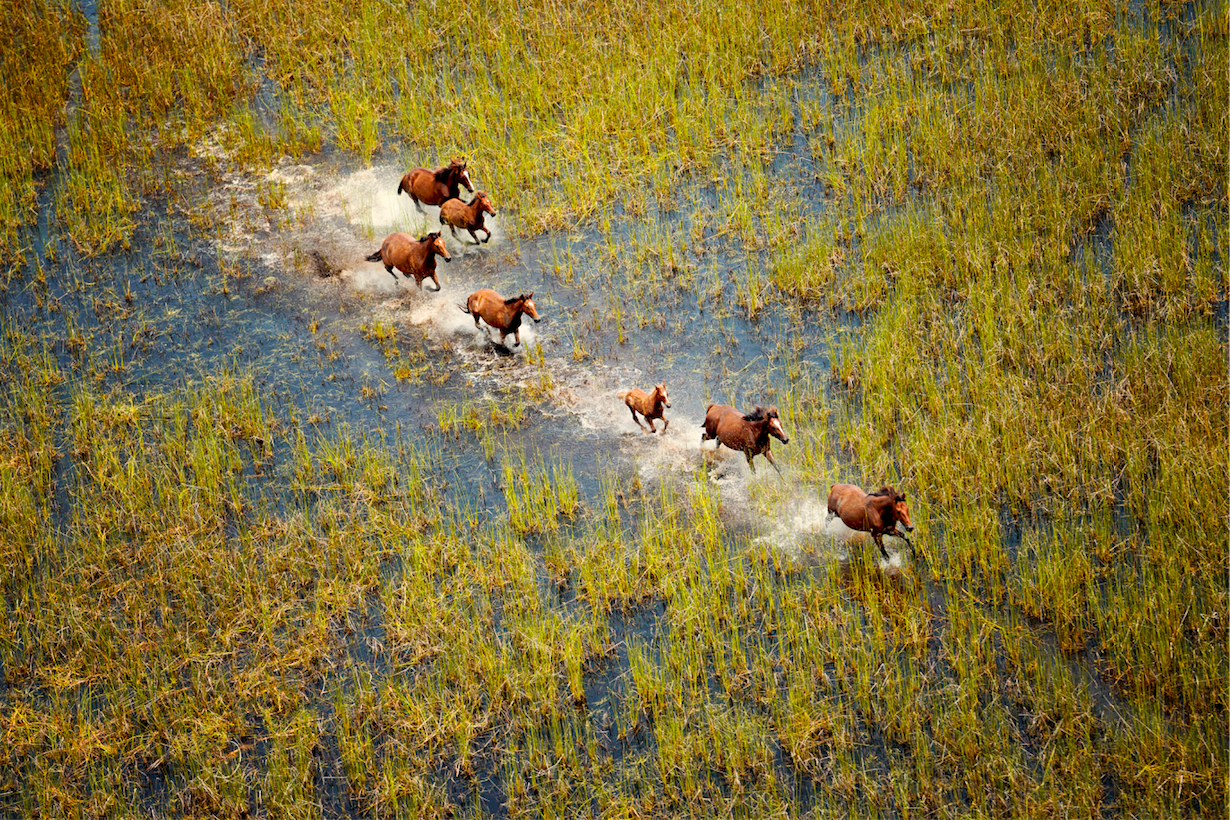GOLD COAST, Australia – Making a career through an Instagram account and traveling the world? That sounds to be good to be true, but it’s definitely not! Meet Lauren Bath (@laurenepbath), a passionate Sydney-based “freelance marketer” and animal-lover who has gotten famous on Instagram for her beautifully vibrant, sun-lit photos featuring anywhere from gorgeous sunrises on the beach to clear, refreshing mountain tops and wilderness.
Lauren has built an Instagram following of nearly half a million followers, in addition to being a public speaker, travel writer, and marketing campaign manager. Her job wouldn’t exist without Instagram, but without her passion and hands-on go-getter attitude, we wouldn’t have a wonderful collection of highlights from locations such as New Zealand, Dubai, Alberta, Quebec, Japan, and many more.
We got to sit down with Lauren Bath to talk about her work as a freelance marketer, advice for top-quality photos, packing tips for traveling, and her personal story of growth as a professional photographer.
Q. How did you get interested in professional photography as a freelance marketer for tourism boards in Australia?
There was always a big demand for what I was offering, and what I was offering would be the tourism influencer work, so I quickly put together a bit of a package that included social media posts + traffic. I would always use my client’s username in my captions and social media content, so that they’d gain followers as well. I never give my pictures to my clients for commercial use; they can only use them for social media. Many brands and destinations need this kind of content because they’re having to run their own accounts as well as put out commercial content.
I put together that package quite early, and by the time my 2-months notice at my job as a chef was over, I had quite a lot of work lined up. It really grew very quickly. My dreams of sitting around and doing photography projects all day never happened. I was traveling straight away. Within 6 months, I got to the point where I was busy, I was traveling all the time, I was making more money than I had made as a chef, and I really saw the future and its potential and I knew what I wanted to do with it.
Q.What’s life like being constantly on the move as a photographer?
When I’m traveling, the only way that I can keep up on top of things is to usually work for 14 hours. I sleep 8 hours a day, and that’s my absolute, that’s where I put my foot down. I need to be able to sleep to function. I have a lot of energy.
Often I’ll try to have clients create an itinerary that I can work with. I always give people a lot of feedback as to my expectations. For example, I just came back from New Zealand for a winter campaign so there was a lot of skiing, and I basically had that choice everyday of whether I wanted to sit down and have my few hours to do my computer work and get on top of my emails…or do I want go skiing?!
Obviously I choose skiing, which meant that everyday I was getting a little more behind, and it got to the stage where I really didn’t have any edited pictures to put on Instagram, so I had to start sacrificing sleep or working through meals. When I got back to Australia I was pretty far behind on my emails. I usually like to get all the editing for a client done while I’m in the destination, so I had a few days of catching up before I could launch into all my other desk work and obligations that I have for this week. You know, that was my choice, I stuck with it, and it was totally worth it!
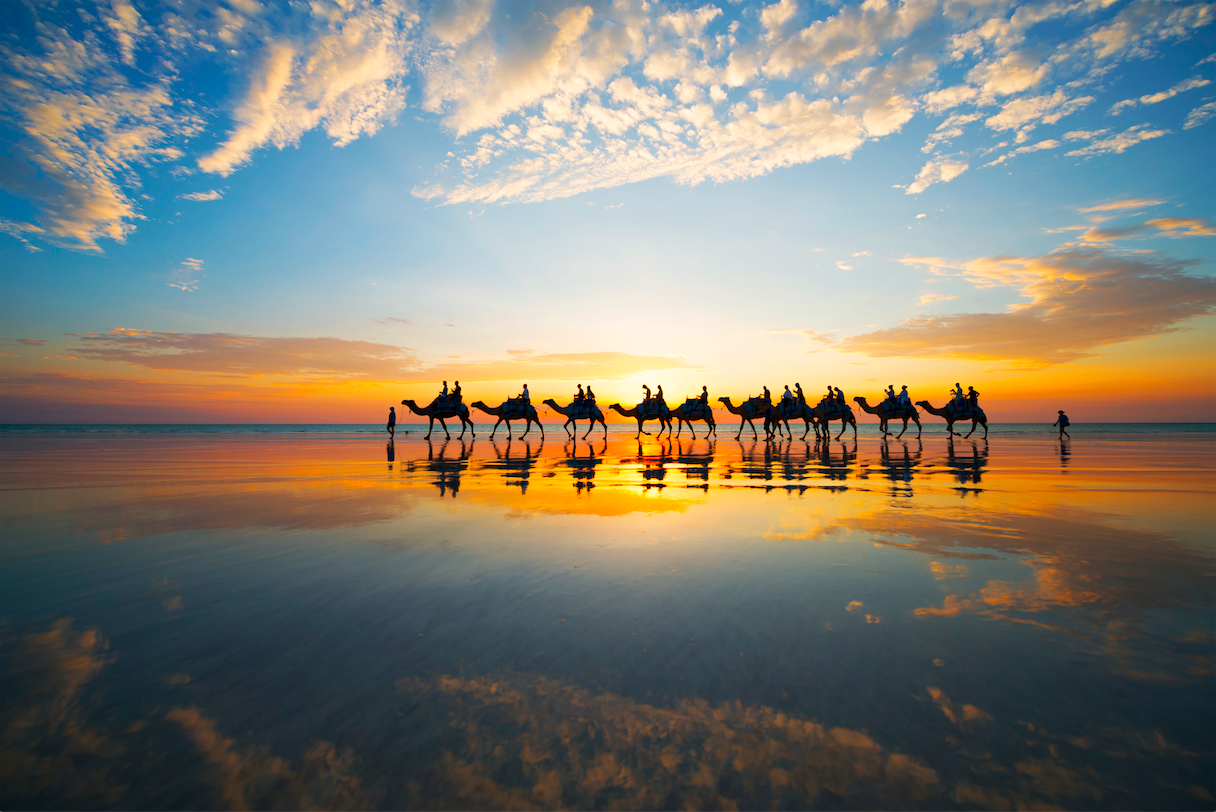
Q. Can you take me through your creative process?
Step 1: Have the right equipment.
I shoot with a Nikon D8-10, which is probably the best camera on the market. I’m also shooting with very expensive, top of the line lenses.
Step 2: Technically, I always take the right steps to make sure I’m getting a clear, focused, sharp picture.
For example, I use a single focus point or the correct F-Stop for the amount of depth I want in my image. I use a tripod when necessary. I use filters when necessary. If the sky is too bright, and I want to even out my exposure, I’ll put a graduated neutral density filter on.
Step 3: I always shoot amazing things in amazing light.
Never underestimate how much impact a nice sunrise can have on any scene.
Step 4: I process my photos using top of the line professional software.
I use photoshop for editing. I always use great equipment, in great light, in great destinations, using the correct settings to the exposure, so really there shouldn’t be much to do by this stage. I open it up in photoshop, check the contrast, do a little bit of sharpening and a little bit of saturation for Instagram, then I crop it into a square and send it straight to my phone in full resolution. I use Dropbox so the quality never drops in the process. I then retrieve it off my iPhone and upload it. If I use a filter, I only put like 10-20% of a filter on if I thought it improved the image, and that’s it!
Q. You’re constantly traveling the world, taking photos in different cities, what are your favorite scenes to shoot?
I love the mountains. That relationship with the mountains started the first time I went to Alberta, Canada. That was my first, big, international opportunity with one of my first big clients. It was my first time seeing snow, my first time in Northern America, the first time in the mountains, and it just absolutely blew my mind. Still, to this day. It was some of my favorite photography. I just love shooting the mountains. The light is always beautiful, the beautiful alpine lakes, the beautiful blue water, the trees, the snow, the frost, and snow-capped mountains. It’s so beautiful, it’s so easy to shoot. My last job in New Zealand had a lot of that so I’m pretty happy. (Check out Lauren’s blog here to see some of those beautiful white snowy mountains!)
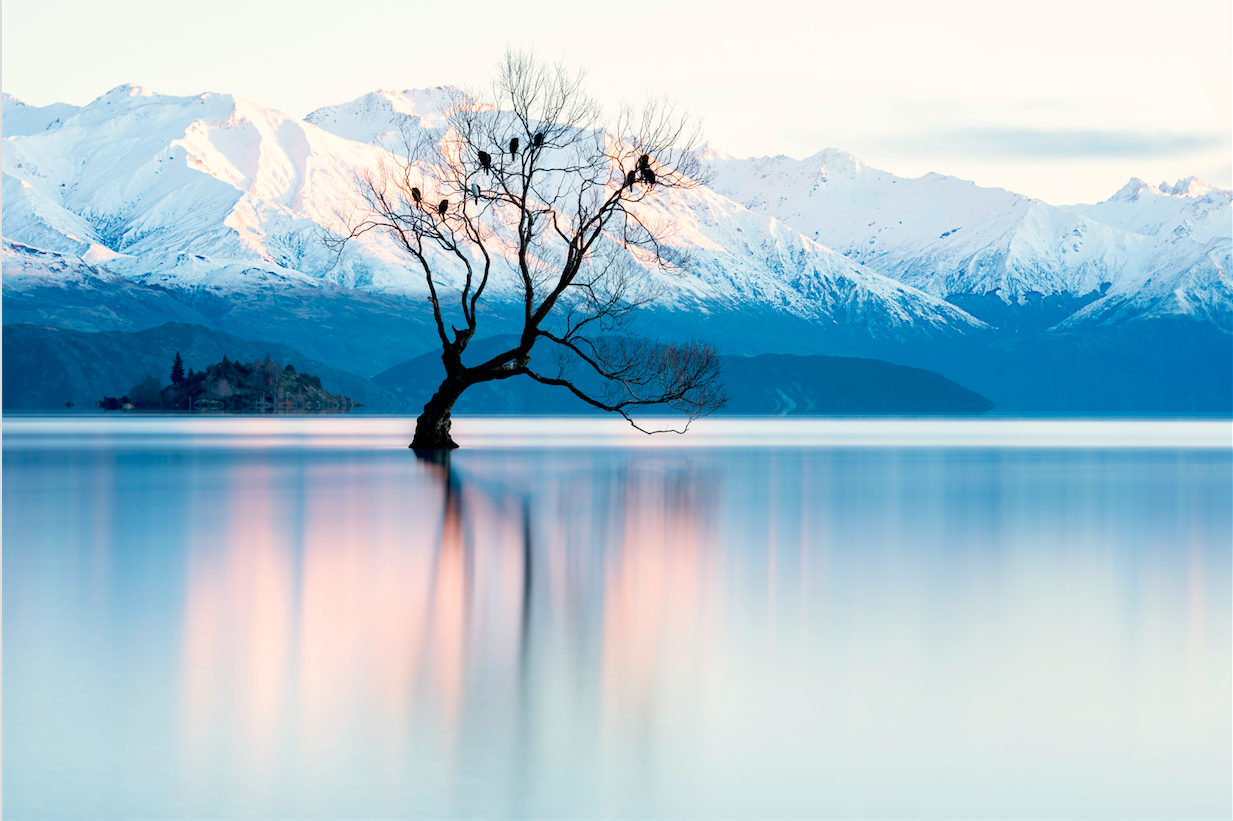
“The light is always beautiful, the beautiful alpine lakes, the beautiful blue water, the trees, the snow, the frost, and snow-capped mountains.”
Q. I always enjoy your animal-shots that frequent your postings on Instagram! Have you ever considered transitioning into other niches in photography such as animal photography?
Oh, I would LOVE that. I love so many styles of photography, which is really unusual. I like landscape photography, even though I’m not particularly great at it. I can take a really nice picture of a landscape, but if you look at the top of the line landscape photographers in the world, I don’t even come close.
However, what I do think I have a good ability for is animal photography because I’m such a massive animal lover. I’ve been a vegetarian for 20 years. I love animal personalities, and I just feel a real affinity for them. I have the patience to sit there and wait for their expressions.
I’m just about to release my calendar for next year, I generally sell-out 6-12 months in advance, depending on how ahead I am with my pictures, but I’m actually hoping to get a safari or something more wildlife-based in my program for next year. I’m also doing a lot more ski and snow work, because that’s my passion and interest at the moment, and it’s in the mountains. I’m actually starting to do a bit of work with wineries, as one of my first jobs this year and I really enjoyed it. I’m in the Barossa Valley shooting for a wine company called Grant Burge during harvest, so while they’re picking all the grapes and turning them into wine. I just loved it, it was so colorful, it’s almost like a romantic process, I really enjoyed shooting it and sharing that at people.
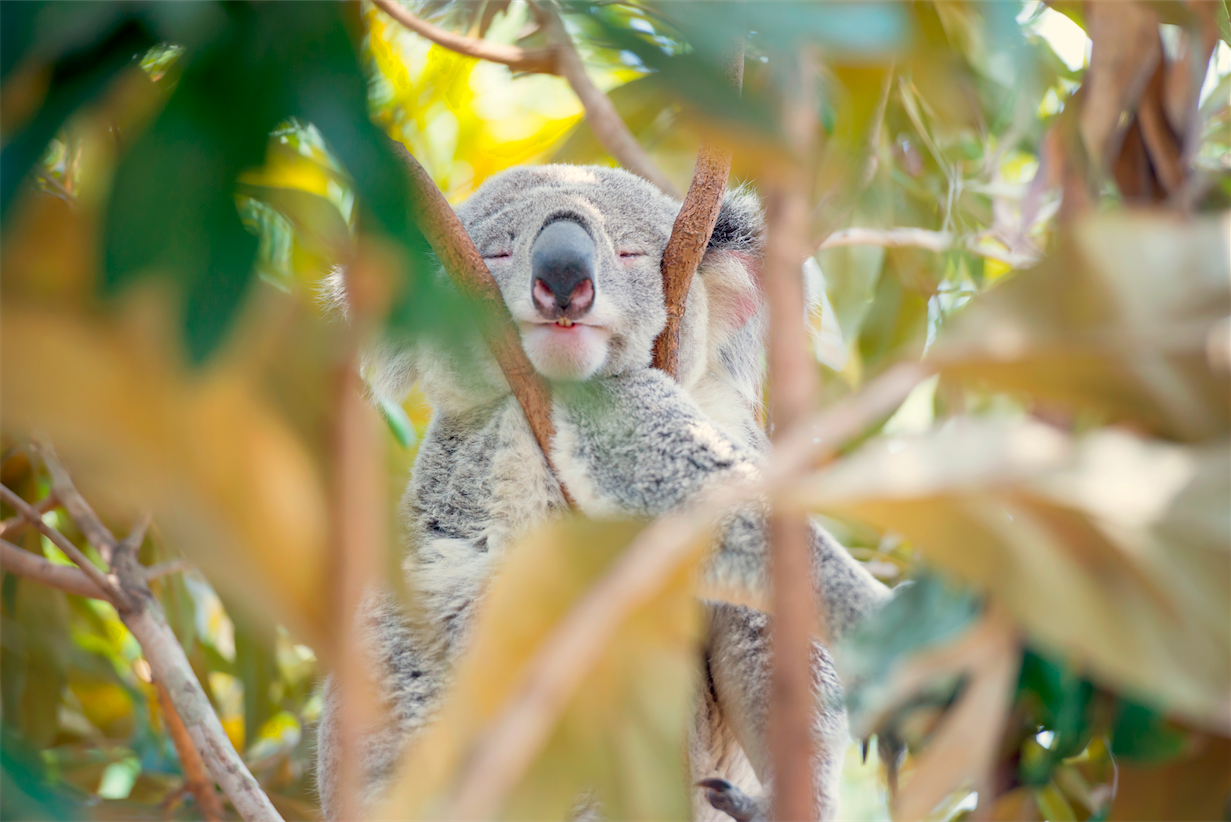
Q. How would describe your personal style of photography?
I don’t have much of a style, per say, because I do like photographing a lot of different things. In saying that, a lot of people say to me that they always know when it’s my picture.
I guess my signature would be that usually the focus is sharp, the quality is there, the colors are good, and it would be generally something that I’ve taken while traveling. Whether it be a portrait, a landscape, an animal shot, or my breakfast, they’ll usually have a look because I do shoot and edit everything quite similarly, but there’s not one particularly theme to what I do.
Q. Do you view the journey to find your personal style a challenge or do you just go-with-the-flow?
I’m a bit of an interesting case. I don’t really consider myself a photographer. A lot of people argue with that. I consider myself a marketer. I really, really enjoy the business side of the the work I do. I love working with tourism boards. I love all the marketing lingo, I love putting together the reports, and pitching the jobs, and putting all the KPIs together. That really stimulates me just as much as the creative process.
I love photography, it’s the means for me by which I do my job, because having good photography allows me to market well. I do what I love: that’s the great thing about all my photography. It’s my audience, it’s my business, it’s my brand, so the photography that captures my eye is what I focus on.
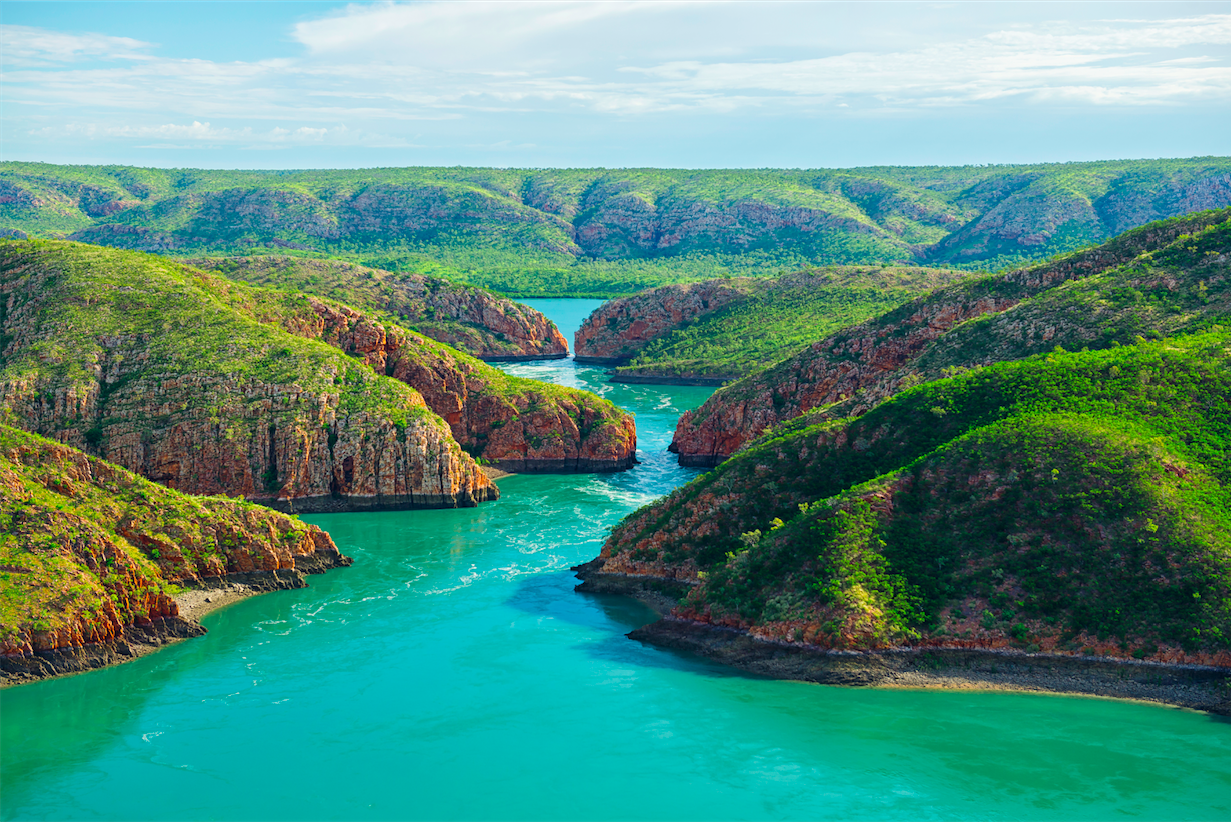
Q. What does an ideal day for you look like?
On a perfect day, I’ll be awake for sunrise so that I can photograph it. After sunrise, it’s great to have a longish breakfast and start processing what I’ve taken that day and get my first social media posts online from the destination. Afterwards, it’s great to have a few day-time activities, maybe a hike or do a tour like that, and then lunch.
In my perfect world, I’d have the afternoon free to work on my editing, social media, do my emails (haha, emails are very time-consuming) and stay on top of all of that. Then in the afternoon I’ll be out again, photographing the sunset, sometimes stretching out into night photography, depending on where I’m at, then dinner and an early night.
There’s not much downtime, but going out, taking pictures, and using social media is work for me, so I’m working 14 hours a day, but playing around on Instagram is not too bad.
Q. What type of gear do you usually use?
If you’re ready for it:
I shoot with the Nikon D810, Nikon D750, a 14-24mm f/2.8G lens, 24-70mm f/2.8G, 70-200mm f/2.8F, 50 mm f/1.4G, 80mm f/1.4G, 16mm full frame fish shot. With all my other stuff, I use F-Stop bags, I use Lee Filters, men-photo tripods.
It’s the best stuff.
Q. Can you give a couple of packing tips for traveling with delicate and valuable goods?
Haha yes I can. Packing is definetely an area of expertise now. The biggest tip when you’re traveling for a job is to pack the same way every time. The only thing that changes in my bags is whether it’s cold or hot weather gear, clothes.
Tip 1: I’m always very open and honest with the airlines that I travel with.
I always have to let them know that I have excess carry-on. Because I’m a photographer I obviously have a lot of expensive equipment, expensive and breakable. My biggest concern is making sure that my equipment and valuables stay with me, so for that reason I generally don’t fly budget airlines, because they just have a little bit less give.
Tip 2: For me it’s just about being honest.
I’m a professional. I need these things to do my job, they’re valuable, and they’re not covered by insurance.
Tip 3: Separate the weight into several bags.
I can take my 15-kilo bag and break the weight down into 3 bags:
- Backpack: shell + camera
Having a backpack with all your gear throughout airport and transit can be really bad for your body (it can cause back issues) so I just keep that backpack almost a shell for my filters, accessories, and bits & pieces. It’s got my one camera with a lens on it, the D810 usually, with a 24-70mm on it, but all up it weighs about 8 kilos, as opposed to when it’s full. (It can weigh up to 15 kilos.)
- Carry-On Wheelie Suitcase: chargers, headphones, foreign currency, spare iphone
Then I have a little wheelie suitcase, with a little kit that I’ve made myself with my lenses. Then I’ve got another case that’s got all my plugs and chargers and spare iPhone and various accessories. It also has my noise-reduction headphones, a little travel wallet with some foreign currency, and my computer.
- Suitcase: sturdy Samsonite, GoPro, toiletry, shoes, clothes/gear
I’ve got a Samsonite because it’s really sturdy, and it’s obviously got a tripod in there. Usually I’ll put my GoPro in my suitcase as well, because it’s less valuable. I love to have it with me. Then I’ve got a toiletry case which never changes it just gets topped up. 2-4 pairs of shoes, and then I use packing cells for my clothes. I just buy these little packing cells so that everything’s in its apartment, either hot weather gear or cold weather gear, and that’s it!
Click here for packing packing tips and tricks from Lauren!
Q. Any last thoughts?
Everyone should definitely try visiting Australia or New Zealand. Seriously. There’s nothing like it in the world. I travel everywhere and I love other destinations and I love to travel. I still do a lot of work in Australia, and I don’t have to anymore, I could just pick and choose international work, but I love my work here, I love my country, it’s so beautiful. New Zealand is like a 2.5 hour flight and it’s so different. It’s like completely the opposite of Australia. We have a lot of good stuff down here.
Lauren Bath Instagram


